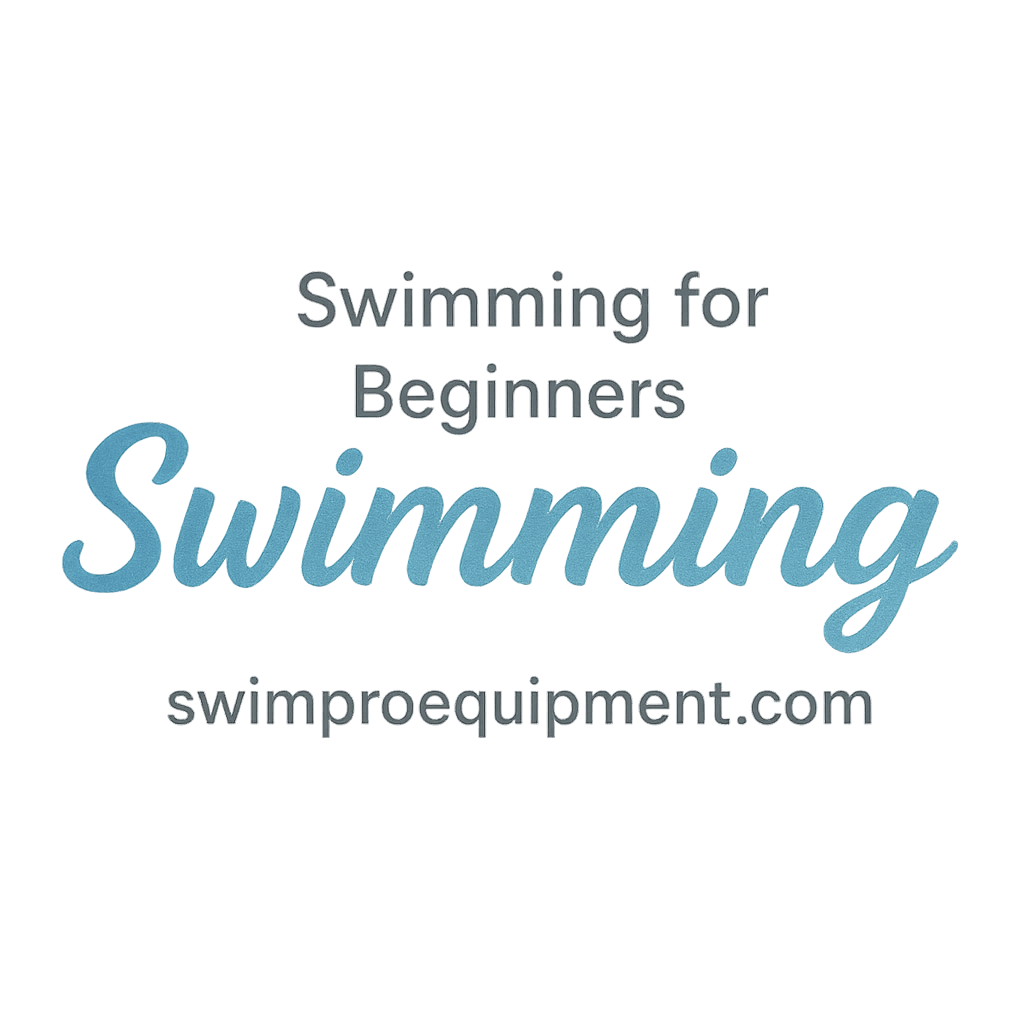Switching between swimming strokes isn’t just for competitive swimmers. Even if you’re swimming for fitness or fun, knowing how to transition smoothly can boost your performance, keep your rhythm intact, and even prevent injury. In this post, I’ll walk you through 7 effective ways to transition between swimming strokes—with pro-level tips, engaging examples, and all the motivation you need to level up your swim game.
Whether you’re a beginner or an intermediate swimmer, mastering transitions will take your workouts to the next level.
Why Transitions Between Strokes Matter
Smooth stroke transitions can be the secret sauce to efficient swimming. They help conserve energy, maintain momentum, and reduce drag—especially important during individual medley sets or long swim sessions. Done right, transitions give your body a break from repetitive motion and challenge different muscle groups, improving overall swim endurance.
Want to go from basic swimmer to swim pro? Start by nailing your transitions.
1. Master the Basics of Each Stroke
Before you can blend strokes together, you need to know each one inside and out. Transitions will only be as smooth as your weakest stroke.
Focus on Body Position
Maintaining a streamlined body position is crucial, especially when moving from a flat stroke like freestyle to a more vertical one like breaststroke. A poor body line will increase drag and waste energy.
Check out our detailed guide on body position to dial this in.
Consistent Breathing Technique
Breathing should be rhythmic and adaptable. Many swimmers struggle with transitioning from strokes that allow frequent breathing (like breaststroke) to those with more restricted patterns (like butterfly).
Learning how to manage your breathing across all strokes is key—explore the swimming basics techniques page to reinforce your fundamentals.
2. Practice Turn Timing and Flow
Turns aren’t just for freestyle. Knowing how to execute seamless transitions at the wall is vital, especially during medleys.
Timing is Everything
Good transitions require perfect timing—know when to initiate your last stroke before the wall and how to push off into your next stroke phase. Don’t overthink; feel the rhythm and let it flow.
Use Flip Turns When Appropriate
While flip turns are standard for freestyle and backstroke, other strokes like breaststroke and butterfly use open turns. Practicing how to transition into and out of both types is crucial for speed and efficiency.
Training workouts for beginners often include drills specifically targeting turn proficiency.
3. Work on Stroke Rhythm and Cadence
Transitioning between strokes isn’t just physical—it’s musical. You’re shifting from one beat to another, and your body has to sync to that change.
Counting Your Strokes
By counting your strokes per length, you’ll get a natural feel for each stroke’s rhythm. Knowing this helps you anticipate transitions and stay balanced.
Matching Breathing with Stroke Patterns
Aligning your breathing to your strokes keeps transitions smooth. Practicing bilateral breathing in freestyle, for example, helps when switching to strokes like butterfly.
Try this beginner workout that incorporates breathing patterns with multiple strokes.

4. Strengthen Core Muscles for Smoother Shifts
A strong core is like your internal gear shifter—it helps you switch motions without losing control or direction.
Core Drills for Swimmers
Incorporate planks, dolphin kicks, and flutter kicks into your dryland and pool sessions. These drills help build the stability needed to rotate and transition effectively.
Why Core Strength Reduces Drag
A weak core means more wiggling and less streamlining. Less streamlining means more resistance in the water. And that means you’re working harder than you need to.
Explore more swim-safe core exercises in our safety and health guide.
5. Use Drills Designed for Stroke Transitions
Stroke-specific drills help, but transition drills are where the magic happens.
IM Transition Sets
Try sets like:
25 Fly + 25 Back + 25 Breast + 25 Free
This kind of “IM ladder” conditions your body to adjust stroke mechanics in real time.
Crossover Drill
In this drill, start with freestyle, then switch to backstroke mid-lap without stopping. It teaches body alignment control and awareness—perfect for medley practice.
Need ideas? Our training section is loaded with transition workouts and drills.
6. Monitor Progress and Analyze Technique
You can’t improve what you don’t track.
Use Waterproof Wearables
Smart devices help monitor your stroke rate, distance per stroke, and rest intervals. Brands like Garmin and Form Swim Goggles can be game-changers.
Video Feedback & Swim Apps
Filming your swim (above and underwater) allows you to see what’s going wrong—or right. Apps like MySwimPro and Swim.com offer excellent tracking and feedback.
Explore more tools in our gear and equipment section.
7. Warm Up and Cool Down Correctly
This might seem basic, but skipping warm-ups or cool-downs can drastically affect your ability to transition smoothly.
Importance of Pre-Swim Stretching
Stretch your shoulders, hips, and ankles before diving in. A proper dynamic warm-up loosens your joints and preps your muscles.
Cool Down to Prevent Injury
Post-swim, a light 200-300 meter cool-down helps reduce lactic acid and realigns your body after changing between strokes.
Need recovery guidance? Visit the injury prevention section of our site.
Bonus Tips for Transition Efficiency
- Use tempo trainers to regulate cadence.
- Swim with purpose. Don’t just swim laps; mix stroke combos intentionally.
- Rest smart. Use interval rest to mimic race conditions.
Common Mistakes to Avoid in Stroke Transitions
- Holding breath during turns
- Forgetting to streamline after each turn
- Rushing stroke transitions and sacrificing form
- Not training both strong and weak strokes equally
All these are red flags—if you’re guilty of a few, don’t worry. Awareness is the first step toward improvement. Dive into our progress tracking content to stay on top of your form.
Conclusion
If you want to become a smoother, faster, and more versatile swimmer, mastering stroke transitions is non-negotiable. With the right drills, body awareness, and a little core strength, you’ll glide through those shifts like a dolphin through open water. Stick with it, track your progress, and lean into your training.
You’re not just swimming—you’re becoming a better swimmer.
Also, don’t forget to check out our resources for motivation and progress for swim learners. Every lap counts.
FAQs
1. What is the best way to practice swimming transitions?
Start with IM sets and focus on body control during each switch. Add tempo trainers to maintain rhythm.
2. How can I improve my breathing during transitions?
Practice bilateral breathing and include breath control drills in warm-ups. This helps you adapt between strokes.
3. Do I need special equipment for transition training?
No, but tools like swim paddles, fins, and tempo trainers can enhance drills. Explore more on our equipment tag.
4. How often should I train stroke transitions?
Include transition drills 1–2 times a week, especially if you’re training for medleys or triathlons.
5. Can beginners learn stroke transitions?
Absolutely. Just start slow—master each stroke first, then practice combining them in short intervals. Visit our beginner resources.
6. Which stroke transition is the hardest?
Most swimmers struggle with butterfly to backstroke due to differing body positions and breathing patterns.
7. How do I track progress in stroke transitions?
Use swim apps or smart goggles to measure efficiency. For technique, consider filming or coaching feedback. Explore our progress tag for more ideas.


